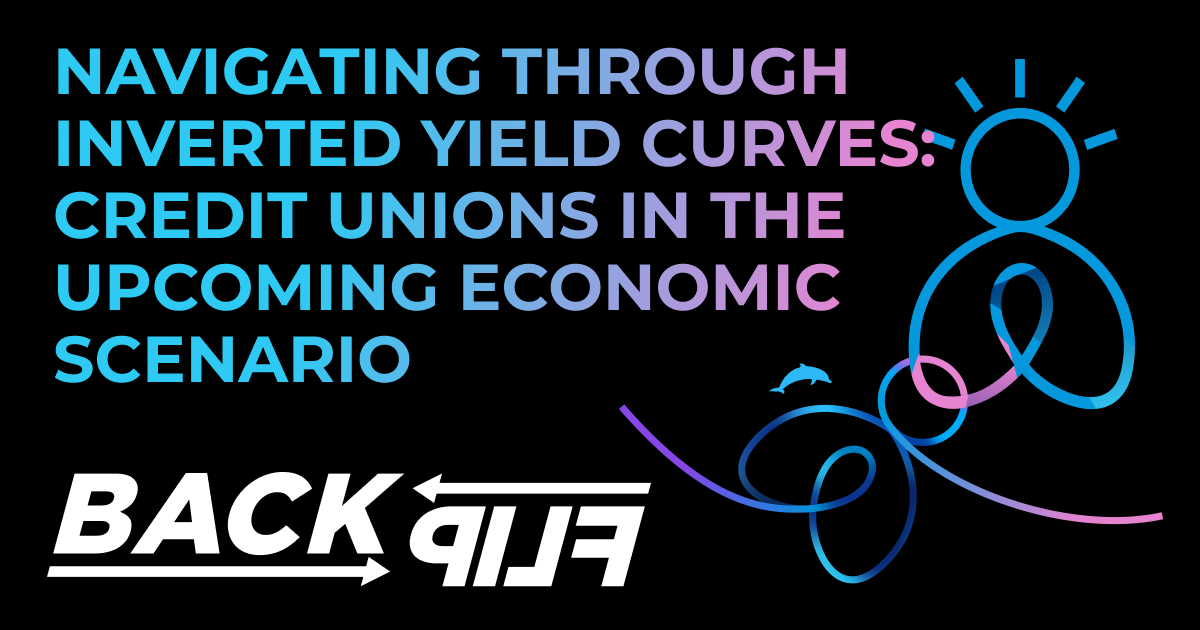The upcoming years present a nuanced economic scenario for credit unions, with growth, inflation, and interest rates painting a complex picture. The economy is set to grow by 3.7% in 2023, tapering to 2.4% in 2024, alongside a reduction in inflation from 7.9% in 2022 to 3.2% in 2023, further dwindling to 2.5% in 2024. However, the unemployment rate might see a slight uptick to 4.1% in 2024.
A significant concern for credit unions is the anticipated continuation of an inverted yield curve into 2024, where short-term interest rates surpass long-term rates due to the Federal Reserve’s inflation combating measures. This steep inversion implies higher funding costs for credit unions, as they face elevated interest rates on deposits and borrowings. Meanwhile, the yields from assets such as long-term loans and investments are expected to either lag behind or only modestly outpace these funding costs.
This scenario posits a challenge for credit unions, especially as loan growth is projected to slow down in 2024. It beckons a strategic re-evaluation to mitigate the financial pressure brought about by the inverted yield curve. Potential pathways could encompass diversifying loan portfolios, embracing technological advancements to bolster member engagement, and streamlining operational workflows.
As credit unions sail through these economic currents, an adaptive and innovative stance will be instrumental in not only weathering the challenges but also in seizing the evolving opportunities, ensuring the enduring vitality and community impact of credit unions.
